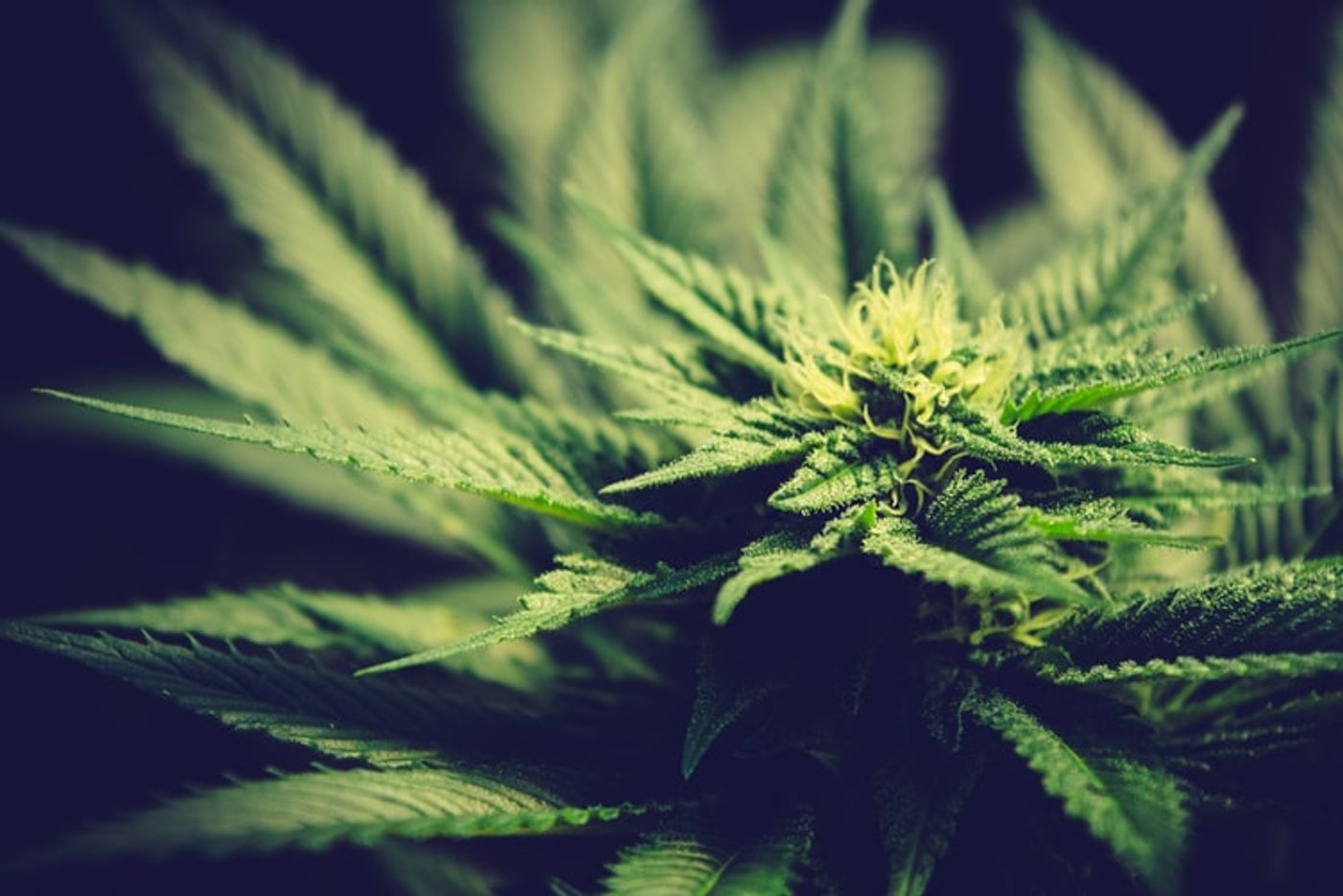Will Cannabis Facilities Pollute the Air?
The strong smell of cannabis comes from chemicals that could potentially cause indoor or outdoor air pollution, if not properly managed, a new study finds. EurekAlert reports that researchers from the Desert Research Institute (DRI) and the Washoe County Health District (WCHD) in Reno, Nevada, have begun to study how cannabis growing and processing facilities may impact local air quality.
DRI scientists went to four cannabis growing facilities in Nevada and California to study the kinds of chemicals emitted. Not surprisingly, high levels of biogenic volatile organic compounds (BVOCs), which are naturally produced by the cannabis plants, were noted. Facilities that extracted cannabis oil also had high levels of butane, a volatile organic compound (VOC) used for extraction. The potential problem with these chemicals is that they may combine with other emissions like nitrogen oxide from cars in the sunlight to form ozone. While ozone in the upper atmosphere protects the planet, at the ground level, it is toxic to breathe. The researchers are also concerned about the workers inside the buildings breathing in too many of these chemicals.
"The concentrations of BVOCs and butane that we measured inside of these facilities were high enough to be concerning. In addition to being potentially hazardous to the workers inside the cannabis growing and processing facilities, these chemicals can contribute to the formation of ground-level ozone if they are released into the outside air,” lead author Vera Samburova, Ph.D., associate research professor of Atmospheric Science at DRI, said.
The research team monitored emissions over time at one facility. They determined the BVOCs given off by each cannabis plant could potentially trigger the production of ground-level ozone at a rate of about 2.6g per plant each day. The significance of this number is not clear, Samurova said, according to EurekAlert. “We would like to take more detailed measurements of air quality emissions outside of the facilities, and be able to calculate the actual rate of ozone formation. We are also interested in learning about the health impacts of these emissions on the people who work there."
Article source: EurekAlert










